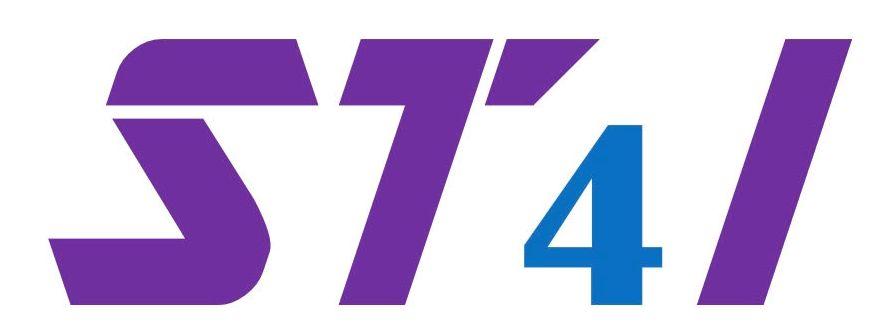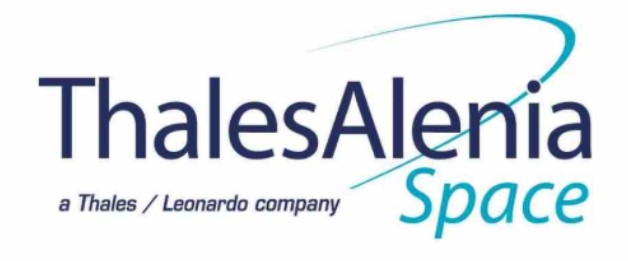
-
StatusOngoing
-
Status date2025-04-30
-
Activity Code5B.215
The objective of the activity is to develop and test a scalable, generic and reconfigurable multibeam receive antenna architecture for feeder links, operating in V-band and supporting high-capacity, geostationary, broadband multimedia missions.
The challenge of the project is the replacement of multiple (typically four or more) feeder link reflector antennas by a single antenna.
Associated with the ESA requested number of simultaneous beams to be considered and reconfigured for a simultaneous useful link with the on-ground Gateway (GW) stations, the product intends to address the sector of the Feeder-Link Antennas for on-board satellites, with particular reference to the V/HTS scenario.
In this context, a feeder link antenna system based on the use of multiple mechanically scanned antennas would be too cumbersome to be host on the satellite platform. Therefore, it is necessary to consider a reconfigurable multi-beam antenna, capable of offering the necessary flexibility to the connections with the GW stations.
Subject of our activity - in view of the final product assessment - is the design development of a suitable Feeder-Link Antenna architecture at V-Band to be considered as alternative/ complementary solution to the classic Feeder-Link antenna limited by satellite accommodation issues.
Onboard receiving antennas for the feeder link have to generate a limited number of beams because they have to be connected with a limited number of GW stations. The requested reconfigurability will allow the receiving antenna to repoint the individual beams in order to cope with repositioned gateway stations, and/or connecting new GW stations not available when the satellite is placed in orbit.
In order to assess the potential product features, various types of antenna architectures are part of the trade-off:
- active phased arrays magnified by reflector(s);
- active phased arrays;
- discrete lens antennas.
Suitable active components (LNA) identification, Beam-forming networks (BFN) typology, mass, volume, dimensions, complexity, thermal management, operational/ environmental constraints are the subjects to be optimised.
GRETA contract started on 01.03.2024. Expected project duration is 24 months.
The following project milestones are considered within the overall project development:
- KoM – Kick-Off Meeting;
- SRR – System Requirements Review;
- PDR - Preliminary Design Review;
- CDR - Detailed Design Review;
- TRR - Test Readiness Review;
- TRB - Team Review Board;
- FR - Final Review.
The project's PDR has been achieved.





